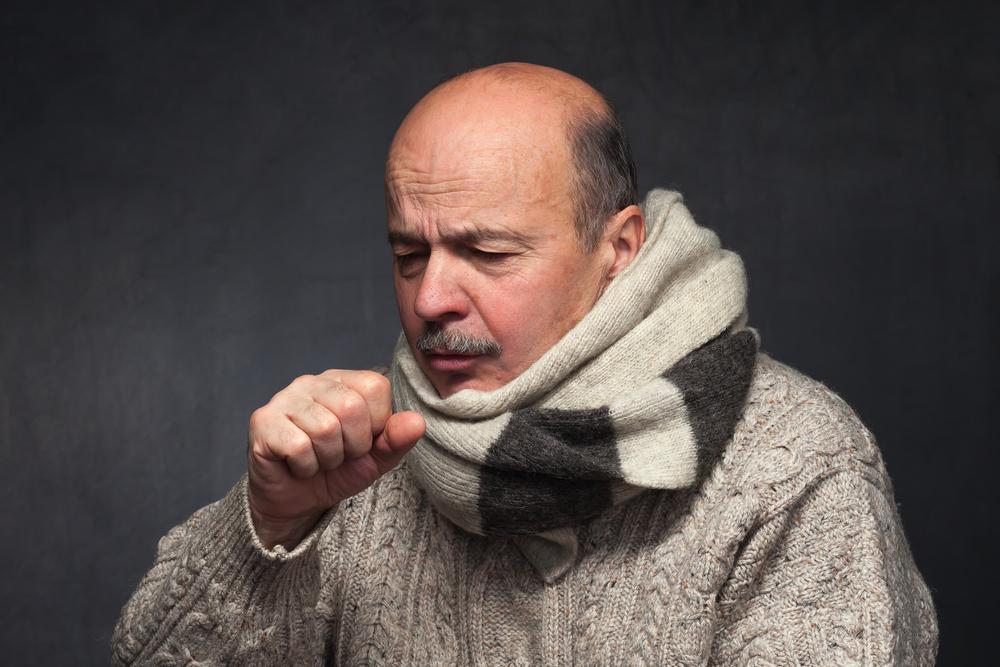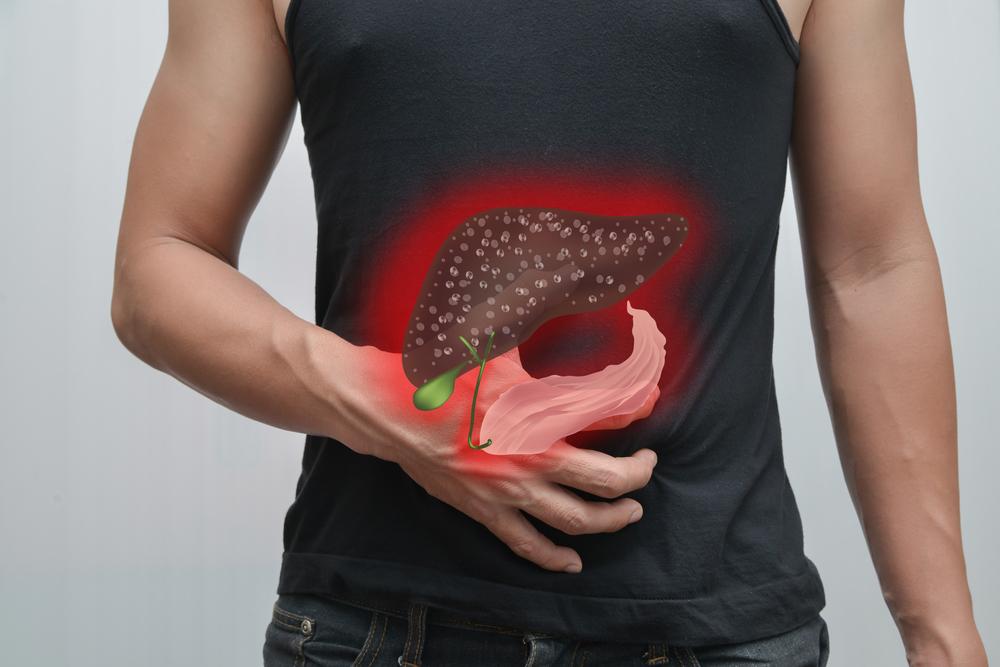Comprehensive Guide to Scabies: Causes, Prevention Strategies, and Natural Remedies
Discover comprehensive insights into scabies, including its causes, how it spreads, effective prevention strategies, and natural remedies. Learn how to protect yourself and loved ones through hygiene practices, early detection, and proper treatment to eliminate this highly contagious condition. This detailed guide highlights key tips and methods to control outbreaks and promote skin health.

Comprehensive Guide to Scabies: Causes, Prevention Strategies, and Natural Remedies
Scabies is a highly contagious skin disorder caused by the microscopic mite Sarcoptes scabiei. This tiny parasite burrows into the upper layer of the skin, creating tunnels where it lays eggs. The presence of these mites leads to intense itching, redness, and the formation of characteristic rashes, often accompanied by swelling, sores, or crusty patches. If not properly treated, these mites can survive under the skin for several months, multiplying rapidly and spreading extensively within communities. Globally, the incidence of scabies is estimated to be around 130 million active cases at any given time, making it a significant public health concern, especially in overcrowded and resource-limited settings.
Understanding how scabies spreads is vital for effective prevention and control. The primary mode of transmission is through prolonged skin-to-skin contact, making close personal interactions the most common pathway. However, scabies can also spread via contact with contaminated objects such as bedding, clothing, towels, and other personal items. This is especially true for the more severe form known as Norwegian, or crusted, scabies, which involves extensive crust formation and a higher risk of transmission due to the large number of mites present on the skin surface. It is crucial to recognize that the symptoms of scabies may not appear immediately; incubation periods can stretch up to two months following initial infection. Nevertheless, mites can be transmitted to others immediately after contact, even before symptoms develop, emphasizing the importance of early detection and intervention.
Transmission can occur through various scenarios. Prolonged skin contact, such as sharing a bed or clothing, is most common. In some cases, contact with infected animals like pigs or rabbits can also pose a risk, although human scabies is primarily spread among people. Norwegian scabies can spread rapidly, sometimes even through brief contact or by sharing contaminated items such as bedding, furniture, or clothing, especially if not treated promptly. The severity of symptoms and ease of transmission make prevention efforts critical, particularly in crowded environments such as households, care homes, and hospitals.
Prevention strategies are straightforward but require vigilance. Key measures include avoiding direct skin contact with infected individuals and their personal belongings. Regularly washing clothing, bed linens, and towels in hot water (at least 50°C or 122°F) is effective in killing mites and their eggs. If items cannot be washed immediately, sealing them in plastic bags for at least a week can eliminate mites by suffocation. Quarantine of personal items that cannot be washed is especially important in controlling the spread, particularly during outbreaks.
In addition to environmental hygiene, understanding treatment options is essential. Medical treatments typically involve the application of prescribed topical medications, such as permethrin cream or crotamiton, which are highly effective when used correctly. For severe cases or immunocompromised patients, oral medications like ivermectin may be prescribed. Alongside conventional medicine, various natural remedies have gained popularity for symptom relief and mite reduction. Natural treatments include the use of tea tree oil, neem oil, aloe vera, cayenne pepper, and clove oil, each possessing anti-parasitic or soothing properties. While these remedies can help alleviate itching and skin irritation, they should complement — not replace — professional medical treatment, especially in persistent or severe cases.
Preventive and treatment measures summarized:
Strictly avoid contact with infected persons and shared personal items.
Wash all bedding, clothing, and towels in hot water and dry thoroughly.
Use airtight sealing or quarantine items that cannot be washed for at least one week.
Consult healthcare providers for accurate diagnosis and prescribe medicated creams or oral medications.
Supplement treatment with natural remedies such as tea tree oil, neem, or aloe vera, following medical advice.
Early detection and prompt treatment are crucial components of controlling scabies outbreaks. Natural remedies can serve as supportive measures to diminish symptoms and enhance comfort, but medical consultation remains essential for complete eradication. Maintaining rigorous hygiene standards and staying vigilant about potential contact risks are key to preventing its spread within communities. Public health efforts, education, and awareness campaigns further bolster prevention strategies, especially in high-risk settings.





